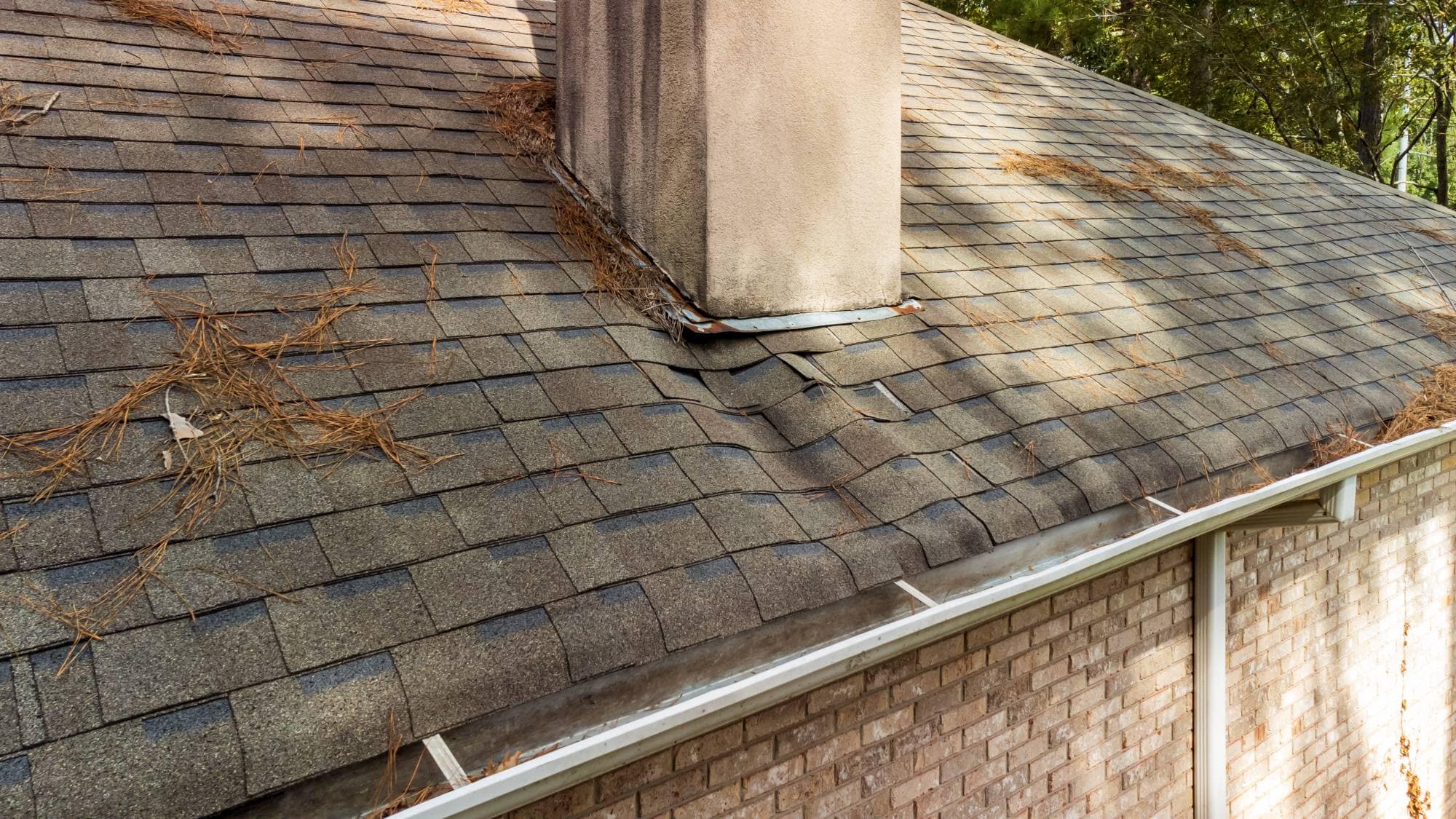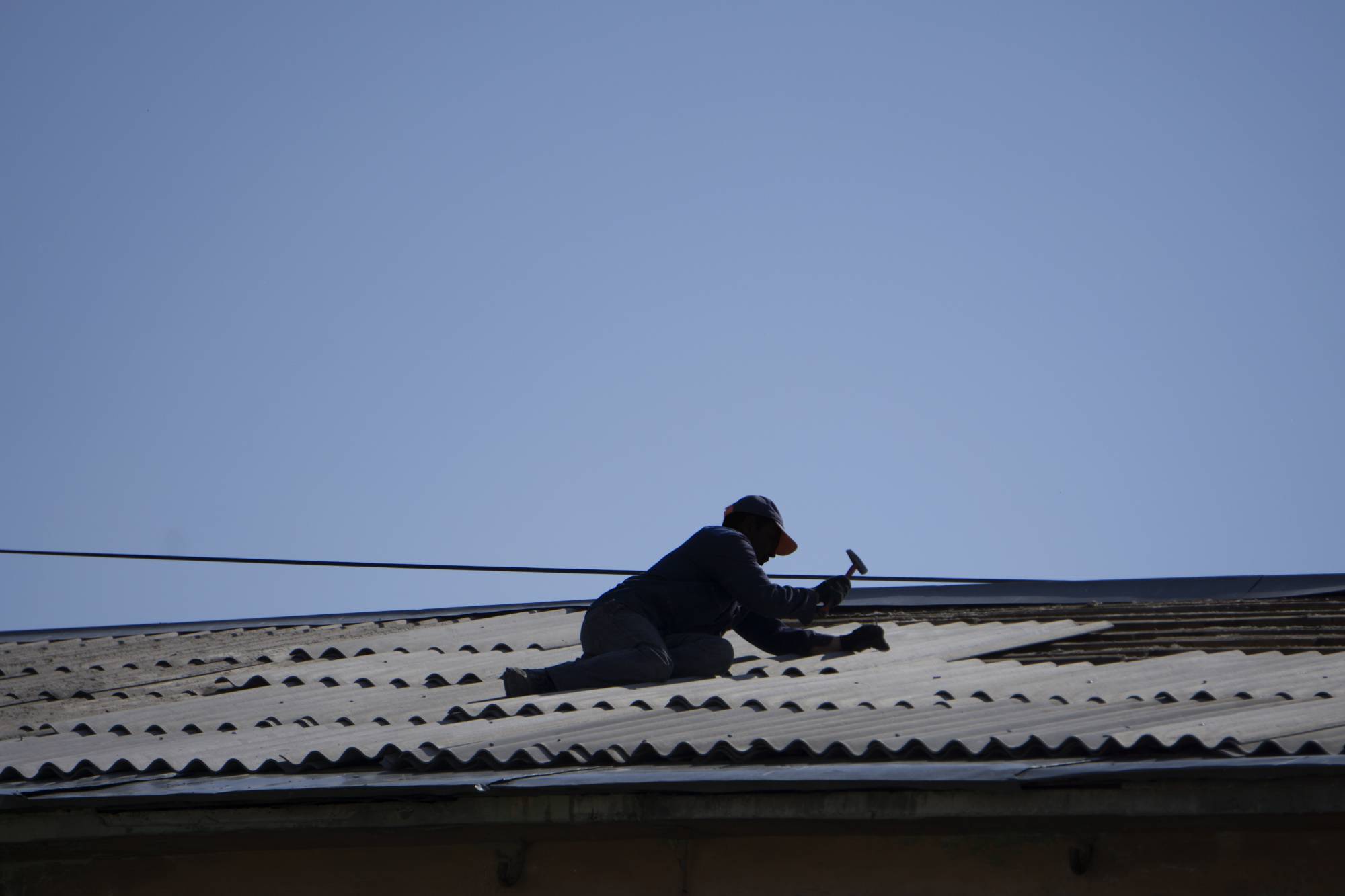Above and Beyond Chimney has been protecting homes across Norfolk and Plymouth counties for years. We understand how coastal moisture affects chimney brickwork in this region. We know the specific patterns of water damage that Rhode Island’s unpredictable weather creates. Smith Hill’s historic homes and newer builds both face the same challenge: New England weather is tough on chimneys. We’ve seen what happens when homeowners wait too long to address leaks. We’ve also seen how the right repair, done correctly the first time, keeps families dry and safe for decades. Our approach is straightforward. We find the real source of your leak, explain exactly what’s happening, and fix it using materials designed for Rhode Island’s climate. No upselling, no surprises.




